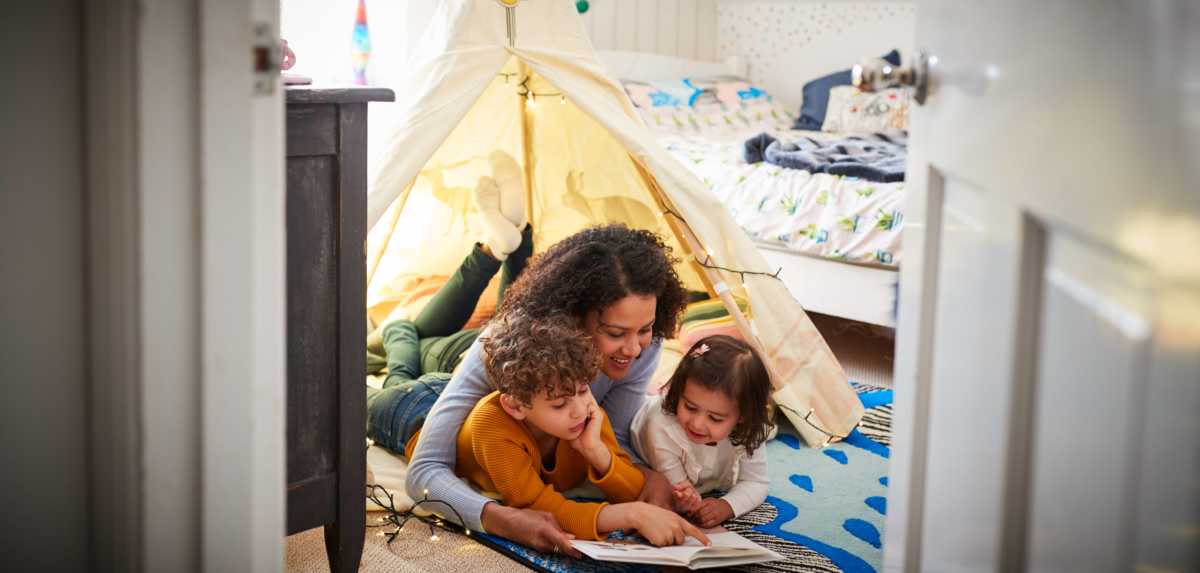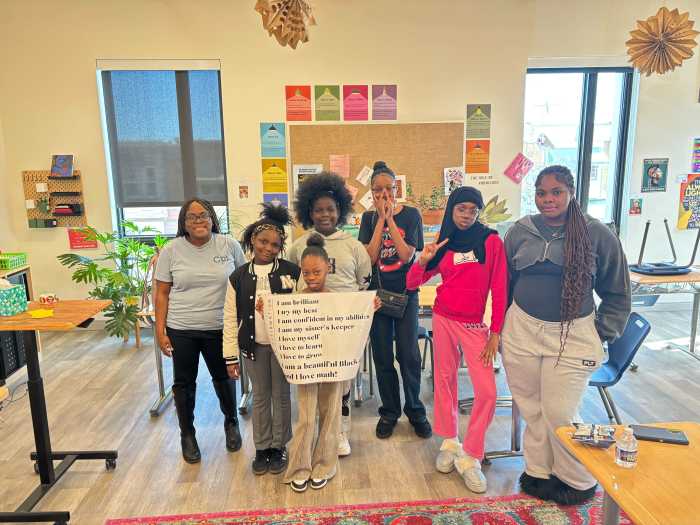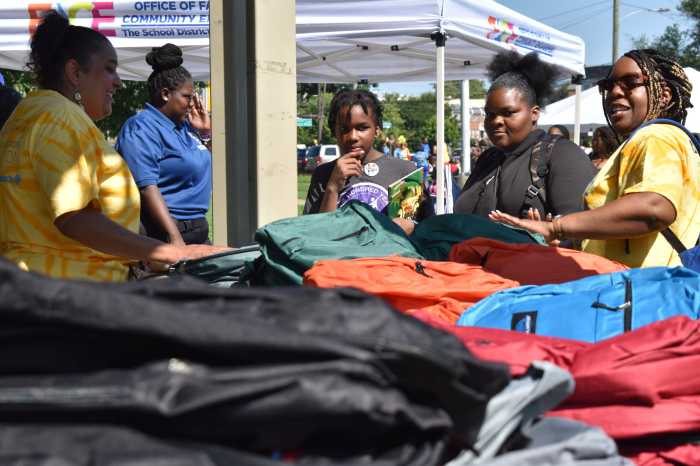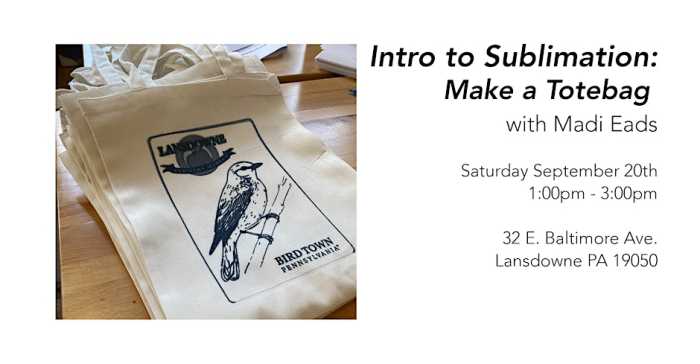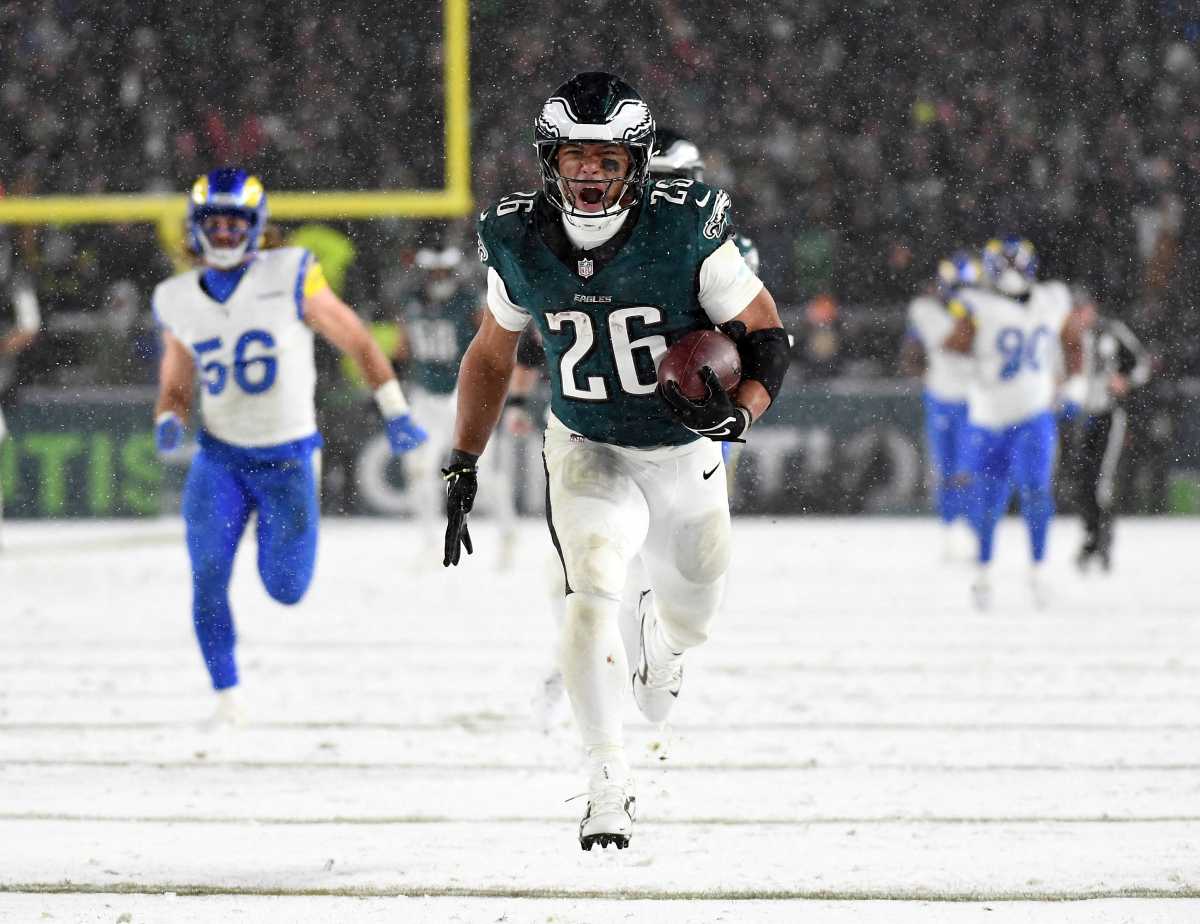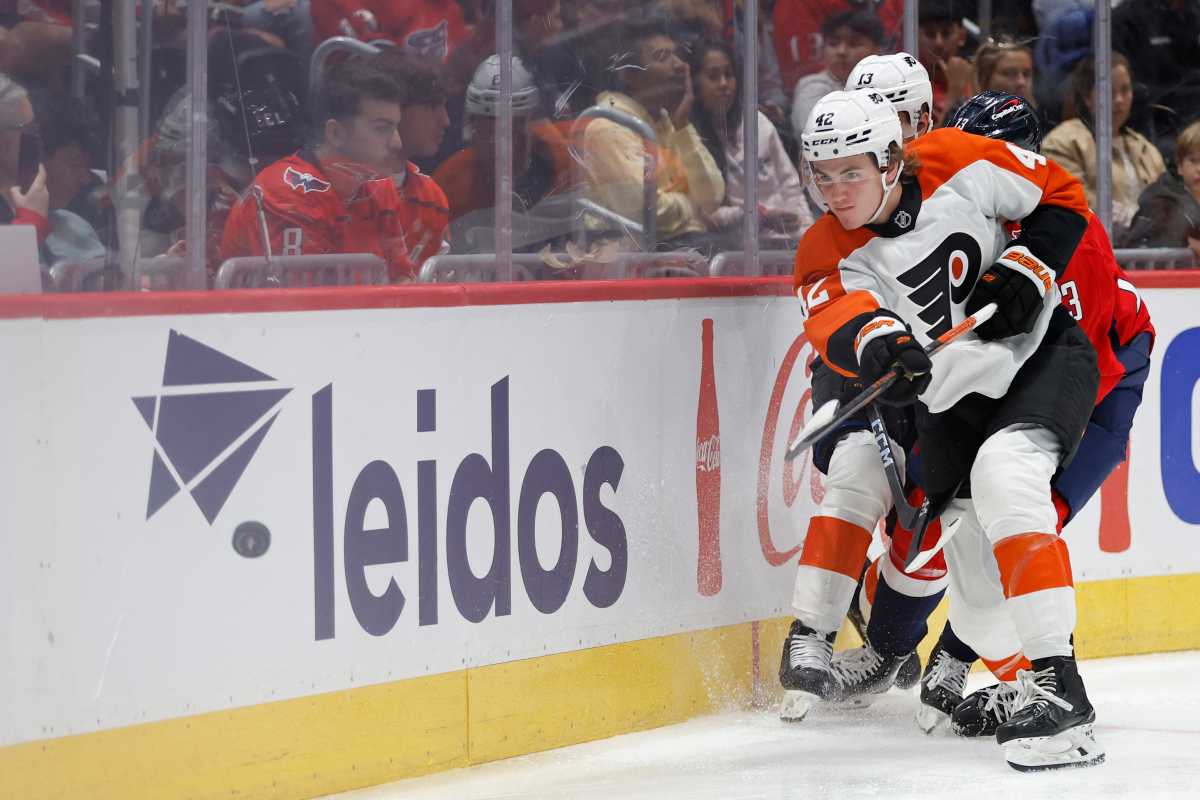Building strong reading and writing skills at a young age can help set your child up for academic success later in life. Kids can have fun developing these key skills with games, interactive activities, books and toys. Here are some ideas to help make learning fun.
Surround your child with books
Fill your home with lots of books. In your child’s room, create a designated book area filled with all types of books – big and small, board books, paper books, text-heavy books, and books filled with colorful pictures. You can also create a special reading space nearby, with a cozy chair or couch and perhaps even a side table for holding books and a lamp. Try setting aside a certain time each day for reading and let your child pick out any books he or she desires. Spend time reading to your child, even if it’s the same book over and over again. You might also create designated book areas in other parts of your home, like your kitchen, playroom, or living room. The more you expose your child to books and language, the better.

Set a good example
Set a good example for your child by doing lots of your own reading – and make sure your child sees you engaged in books. Perhaps talk about your book by describing the plot, setting and characters. Tell your child about a recent scene and ask them to predict what might happen next or make an inference about why a character may be feeling a certain way. You might even ask them how they might feel or what they might do if they were a character in the book. Just make sure your child sees the joy and pleasure reading brings to you.
Play games for strong reading and writing
Most children enjoy playing games, so make learning to read and write a fun experience with these games:
Bean Bag Game – Grab four buckets, a pile of bean bags, and paper to write on. Write the letters A, B, C and D on separate sheets of paper and attach them to the buckets. Set the buckets several feet away from your child and hand them some bean bags. Then call out a letter and have them toss a bean bag into the appropriate bucket. Later you can add more buckets with additional letters or practice phonemic awareness by calling out words and ask your child to throw a beanbag into the bucket with the letter the words begins with.
Letter Gardening Game – Bring some sidewalk chalk and a watering can to an outside area. Write out all of the letters of the alphabet on a sidewalk or street (or start with just a few letters). Hand your child a watering can filled with water. Call out a letter and have your child find and “erase” that letter by pouring water over it using their watering can. For further writing practice, you can have them rewrite each letter with chalk after they erase it.
Sensory Bag – Take out a big Ziploc bag and fill it with dry rice and lots of plastic letters. Call out a letter and have your child dig their hand into the bag and find the appropriate letter. You can also have them tell you to the sound the letter makes and even write the letter on a separate sheet of paper. Later you can play the same game with sight words (like “the” , “my” and “who” ) for more advanced reading and writing practice.
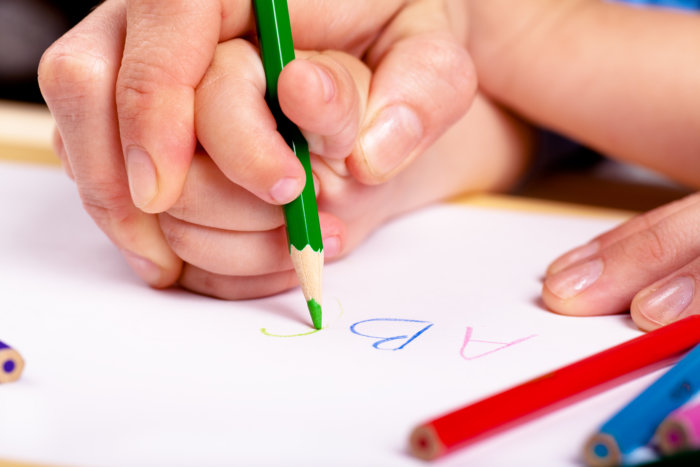
Practice tactile writing
Use a multi-sensory approach to help your young child build stronger writing skills. In the kitchen, take out a large cookie sheet and spread flour or sugar all over it. Then call out a letter and have your child write it on the cookie sheet. For extra kinesthetic reinforcement, have them say the letter formation aloud as they write it. For example, when they write the lowercase a, they should say “around, up, and down” or when they write the lowercase t, they should say “down and across” as they write it. Try doing the same exercise using sand at the beach, dirt at a park, or colored sand on a picnic bench. This is a great way to make writing an interactive and engaging experience.
Children at a young age can have lots of fun building their reading and writing skills. The stronger these skills are prior to starting kindergarten, the more likely they are to be confident and successful in school.
This story first appeared in our sister publication, New York Family.



